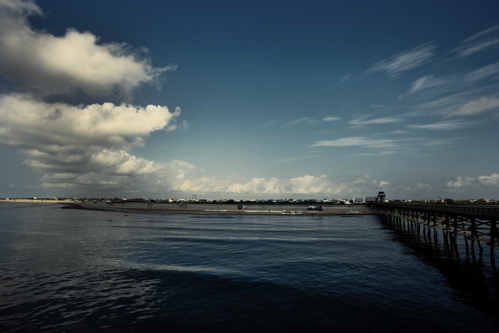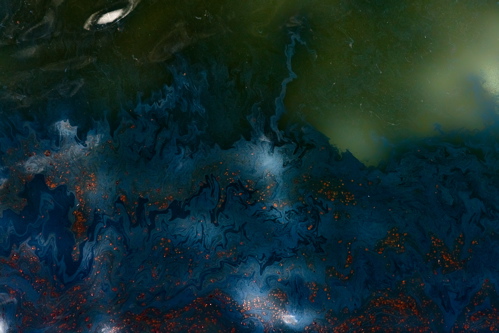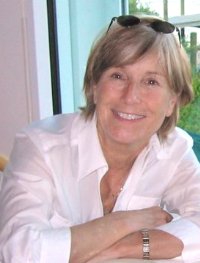Additional Research by Albert Gould
Last week, Louisiana opened 86 percent of state waters to
recreational fishing, shrimping and crabbing. This opening extends to
three miles offshore and was greeted with understandable relief by state
anglers, marina facilities, charter boat guides and any business that
caters to the recreational fishing industry. Louisiana has been hit hard
on all fronts as a result of the catastrophic explosion
at the BP-owned Macondo well in the Mississippi Canyon oil field on April 20.
But, should more questions be asked in the aftermath of hearings last
week by Barbara Mikulski's Senate Subcommittee on Appropriations,
combined with news today by the watchdog Louisiana Bucket Brigade that
public health is being shorted by the EPA?
Are air and water quality monitoring efforts along the Gulf Coast all that they should be?
We received a tip from a fisherman buddy on the Gulf who suggested we take a look at the minutes of the Louisiana Wildlife and Fisheries Commission (LWFC) for June 3. Our friend was wondering whether lost revenue might be the real reason LWFC opened the waters. The answer was "yes, " and found on page one. Louisiana Department of Fish and Wildlife (LDWF) Secretary Robert Barham also suggested that a visual inspection for oil was enough if oil was not present for seven days.
To keep an area closed was counterproductive since the Department operates on revenue generated from the sale of licenses and fees associated with outdoor activities. Even though the public may be saying they are not seeing any oil, Secretary Barham knew staff did a good job in finding where oil was located.
In the next paragraph, the minutes quote Barham discussing the possible hazards associated with the dispersant Corexit, which has been used in unprecedented amounts both sub sea and at the surface to mitigate the appearance and quantity of oil. BP has used more than 1.8 million gallons of Corexit in the Gulf since the catastrophe began in April, angering environmentalists, scientists and Gulf Coast residents over the potential for long-term public health consequences.
Barham said that BP has not been forthcoming with information requested by LWFC, and has not responded to "several letters written to them (BP)." Commissioner Patrick Morrow asked if biologists looked for surface oil and "subsurface oil" combined with dispersants and whether BP or the manufacturer of Corexit, NALCO, provided a protocol "that can be followed to determine the effects of Corexit" on the fish.
Secretary Barham stated that the company only has given the information that can be obtained from the Internet. They have not given the Department a complete list of ingredients with the percentages. The challenge was determining the effects of the dispersant mixed with raw oil in a sub sea environment. Another challenge was to ensure safety by doing tissue analysis on the fish.
So, we can say that a Louisiana state agency, tasked with the protection of public health and monitoring of the waterways, is relying upon information available on the Internet to assist in determining whether fish caught by recreational anglers is safe for consumption.
There has been no tissue analysis completed by the FDA or NOAA prior to the opening of the waters within the three-mile limit. Barhum stated that he relied "heavily" on the Office of Fisheries staff, but that NOAA only provided initial contacts about oil impacts.
Are the waters off the coast of Louisiana clear of public health hazards? Or was the opening of recreational fishing due to pressure from the recreational industry as well as the specter of lost income? The end result is that sport fishermen may be relying upon a visual inspection of the water and a smell test.


Is it acceptable for recreational anglers, but not Grandma in Iowa, to consume seafood from previously closed fishing grounds on the Louisiana coast? For a comparison of commercial and recreational closures look here.
LDWF does not seem to know the answer either, and no answers are forthcoming from NOAA, BP, the EPA, or FDA.
Governor Bobby Jindal appointed Barham as the Secretary of the State's Department of Wildlife and Fisheries. The Louisiana Legislature created the Louisiana Department of Wildlife and Fisheries (LDWF) as part of an Executive Reorganization Act. The role of the Louisiana Wildlife and Fisheries Commission (LWFC) is one of policy-making.
Part of the Internet information on dispersants LDWF might rely upon can be found in an April article by the independent, non-profit journalism organization, ProPublica.
Once they are dispersed, the tiny droplets of oil are more likely to sink or remain suspended in deep water rather than floating to the surface and collecting in a continuous slick. Dispersed oil can spread quickly in three directions instead of two and is more easily dissipated by waves and turbulence that break it up further and help many of its most toxic hydrocarbons evaporate.But the dispersed oil can also collect on the seabed, where it becomes food for microscopic organisms at the bottom of the food chain and eventually winds up in shellfish and other organisms. The evaporation process can also concentrate the toxic compounds left behind, particularly oil-derived compounds called polycyclic aromatic hydrocarbons, or PAHs.
The Louisiana estuaries are the nurseries for developing shellfish.
(Note: You can view every article as one long page if you sign up as an Advocate Member, or higher).






